Type II Radical Laparoscopic Hysterectomy Initial Experience
Feasibility and preliminary results of our technique for radical laparoscopic hysterectomy.
Objective
Feasibility and preliminary results of our technique for radical laparoscopic hysterectomy.
Material and Methods
2 patients with endometrial cancer stage II and 2 patients with cervical cancer stage Ib1 underwent totally laparoscopic radical hysterectomy (TLRH) in 2004. The patients were placed in the lithotomic position.
Laparoscopy was performed through the umbilicus and three ancillary ports were placed in the diamond shaped usual position.
Only bipolar coagulation was used to control bleeding. No uterine manipulator was placed.
Technique
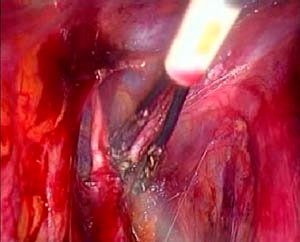
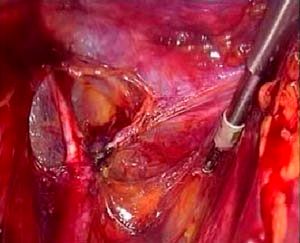

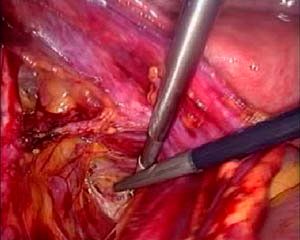
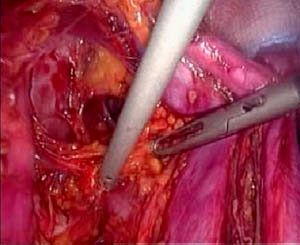
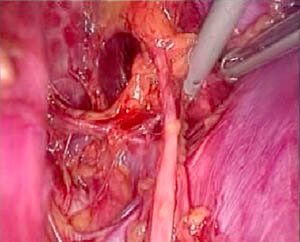
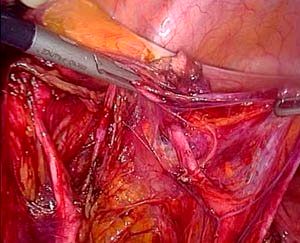
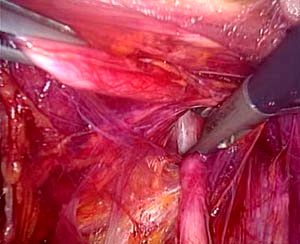
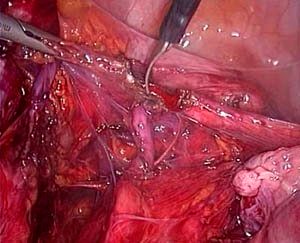
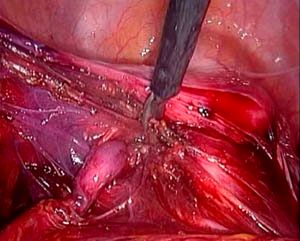
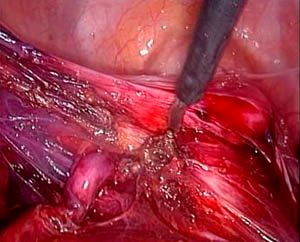

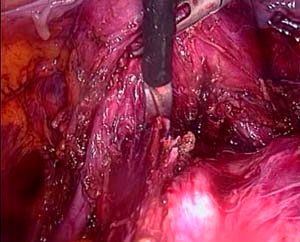
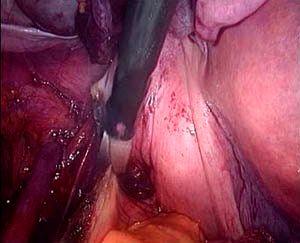
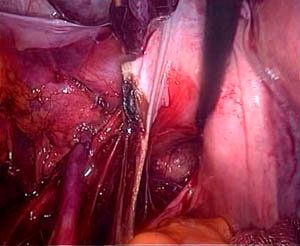
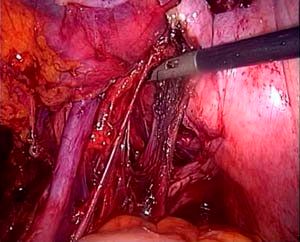
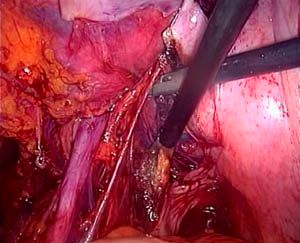
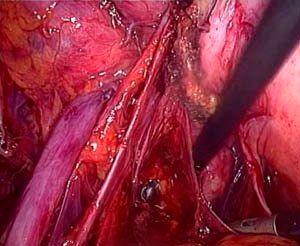
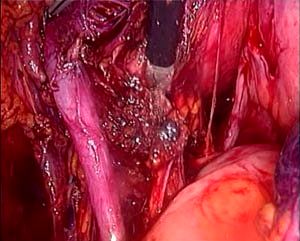
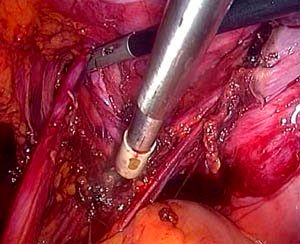
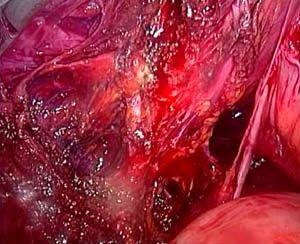
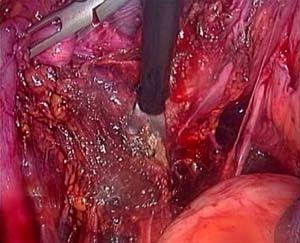
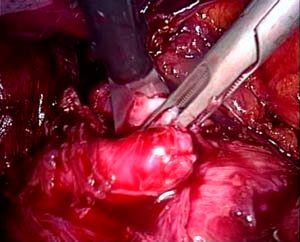
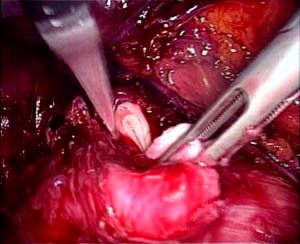
Results
All the patients had radical hysterectomy and pelvic lymphadenectomy.
The median time for the whole procedure was 187 minutes (173-235). The median time for lymphadenectomy was 54 minutes (45-62). No conversion to laparotomy was necessary. The median number of pelvic lymphnodes retrieved was 18 (10-22). The median body mass index was 24.37 (19.30-40.12). No immediate or postoperative complication was observed. However all the patients suffered of urinary retention which limited the possibility of release from the hospital. The median stay in hospital was 5 days (3-16).
Two patients were followed respectively for two and four weeks because of urinary retention.
Conclusion
Radical hysterectomy is rarely performed totally by the laparoscopic approach. Even if our experience is initial, the technique is feasible in trained hands. The time for accomplishing the procedures is acceptable.
References:
Reprinted with kind permission from TheTrocar.com
References
Abu-Rustum NR, Gemignani ML, Moore K, et al. Total laparoscopic radical hysterectomy with pelvic lymphadenectomy using the argon-beam coagulator: pilot data and comparison to laparotomy. Gynecol Oncol. 2003;91:402-9. Erratum in: Gynecol Oncol. 2004 ;93:275. (Medline)
Malzoni M, Malzoni C, Perone C, et al. Total laparoscopic radical hysterectomy (type III) and pelvic lymphadenectomy. Eur J Gynaecol Oncol. 2004;25:525-7. (Medline)
Obermair A, Ginbey P, McCartney AJ. Feasibility and safety of total laparoscopic radical hysterectomy.J Am Assoc Gynecol Laparosc. 2003 ;10:345-9. (Medline)
Pomel C, Atallah D, Le Bouedec G, et al. Laparoscopic radical hysterectomy for invasive cervical cancer: 8-year experience of a pilot study. Gynecol Oncol. 2003;91:534-9. (Medline)

